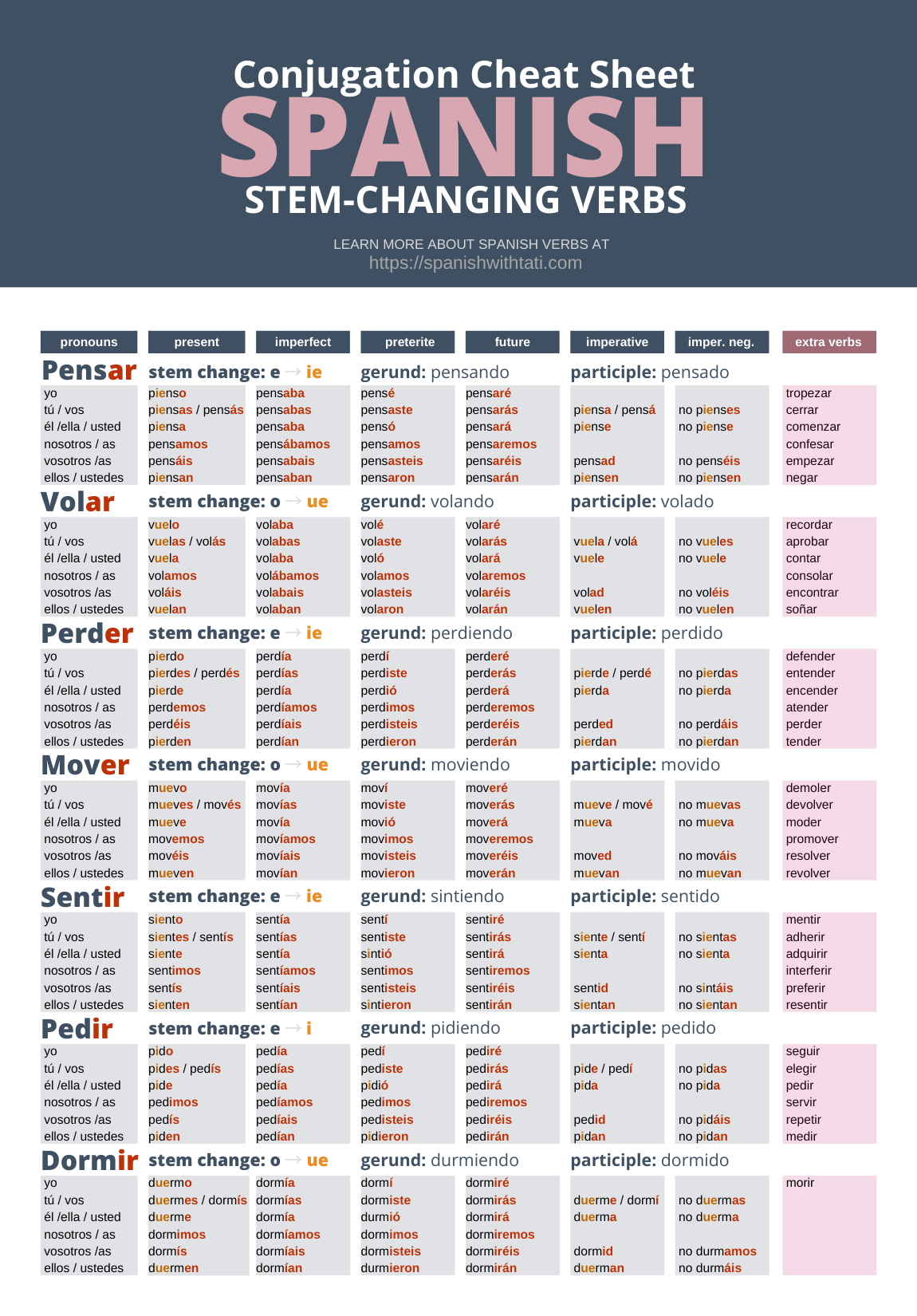Have you ever encountered a Spanish verb that seemed to defy all grammatical logic? Perhaps you’ve stumbled across the word “montar” and wondered how on earth it transforms itself into different forms. Well, fear not! We’re about to embark on a journey into the fascinating world of “montar” conjugation, unlocking its secrets and empowering you to use this versatile verb with confidence.

Image: ar.inspiredpencil.com
“Montar” is a verb that holds a special place in Spanish, meaning “to ride” or “to mount.” It’s involved in everything from a thrilling horseback adventure to assembling furniture – a verb that truly captures the dynamic nature of life. But “montar,” like many other Spanish verbs, has its own unique set of rules for conjugation. This article will be your guide, unraveling these rules and revealing the beauty and logic hidden within this seemingly complex process.
Understanding the Foundation: Regular vs. Irregular Verbs
Before we plunge into the fascinating intricacies of “montar” conjugation, let’s take a moment to understand the fundamental difference between regular and irregular verbs in Spanish. Regular verbs (like “hablar” – to speak) follow predictable patterns, while irregular verbs (like “querer” – to want) have unique forms that can’t be easily predicted.
Unveiling the Regularity of “Montar”
Now, the good news – “montar” is a regular verb. This means its conjugation follows a consistent pattern, making it far easier to learn and master. Let’s delve into the core elements of conjugating “montar”:
-
The Stem: The stem is the fundamental structure of the verb, excluding the infinitive ending “-ar.” For “montar,” the stem is “mont-.”
-
The Endings: These are the suffixes that are added to the stem, changing depending on the tense, mood, and person.
-
Tense and Mood: The tense of a verb indicates when an action takes place (past, present, future). The mood indicates the speaker’s attitude or purpose (indicative, subjunctive, imperative).
The Power of Conjugation: Charting the Course of “Montar”
Here’s a simplified chart to present the most commonly used tenses of “montar” conjugation:
| Tense/Mood | Yo | Tú | Él/Ella/Usted | Nosotros/Nosotras | Vosotros/Vosotras | Ellos/Ellas/Ustedes |
|---|---|---|---|---|---|---|
| Present Indicative | monto | montas | monta | montamos | montáis | montan |
| Preterite Indicative | monté | montaste | montó | montamos | montasteis | montaron |
| Imperfect Indicative | montaba | montabas | montaba | montábamos | montábais | montaban |
| Future Indicative | montaré | montarás | montará | montaremos | montaréis | montarán |
| Conditional | montaría | montarías | montaría | montaríamos | montaríais | montarían |
| Present Subjunctive | monte | montes | monte | montemos | monté | monten |
| Imperfect Subjunctive | montara | montaras | montara | montáramos | montarais | montaran |

Image: learningcampusdustin.z4.web.core.windows.net
Navigating the World of Spanish Verbs
By understanding the core elements of “montar” conjugation and how it works within the framework of regular verb conjugation, you’ve taken the first steps towards mastering a vital component of Spanish grammar.
But even for regular verbs, there are nuances and subtleties that are best learned through active use. Here are a few points to keep in mind as you begin to integrate “montar” into your language repertoire:
-
The Use of “Montar” in Context: “Montar” is a versatile verb with many different applications, consider these examples:
-
“Montar a caballo” (to ride a horse) – A picturesque image of horseback riding comes to mind.
-
“Montar en bicicleta” (to ride a bicycle) – Simple joy and freedom on two wheels.
-
“Montar un negocio” (to start a business) – Ambition and innovation, building something new.
-
“Montar un mueble” (to assemble furniture) – Focus and determination, often accompanied by a manual.
-
-
Understanding the Nuances of “Montar”: As you encounter “montar” in different contexts, pay attention to how it’s being used. Notice the subtle differences in meaning and the various expressions that can be used with this verb.
Mastering “Montar” Through Practice
The most effective way to truly grasp the essence of “montar” conjugation is through practice. Immerse yourself in the language through reading, listening to music, watching films, and engaging in conversations – the more you expose yourself to the verb in its natural environment, the more intuitive its conjugation will become.
Montar Conjugation
A Journey of Discovery
The journey of learning Spanish verb conjugation is a journey of discovery – unveiling the patterns, embracing the exceptions, and ultimately gaining mastery over the language. “Montar” conjugation is a stepping stone on this path, a testament to the beauty and logic inherent in language. So, keep exploring, keep practicing, and remember – with dedication and a dash of curiosity, you can master “montar” and unlock the full potential of Spanish expression.






